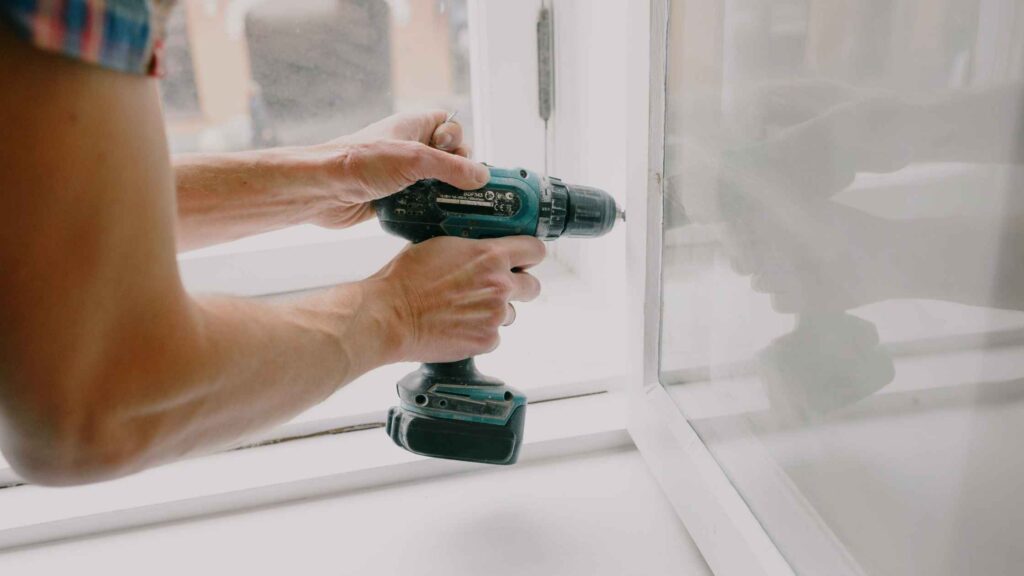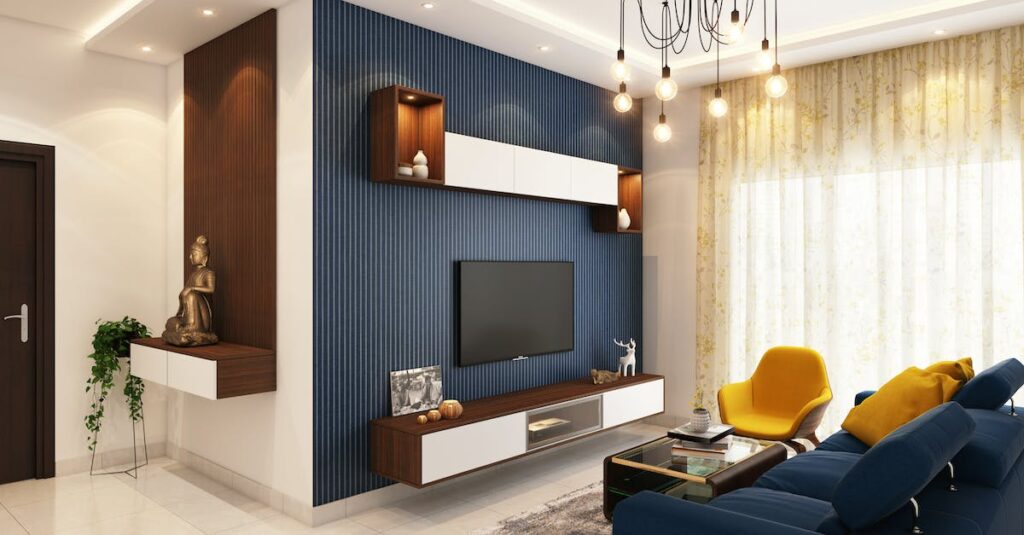Introduction
Finding a rental that suits your mobility needs can be a challenge. Whether you have a physical disability or simply require certain accommodations, it’s essential to ensure that the apartment you choose is accessible. In this guide, we will explore various factors to consider when searching for an accessible rental that fits your requirements.
Researching Your Options
1. Start with an Extensive Search
Before starting your rental hunt, it’s important to conduct thorough research. Begin by searching online on various real estate platforms and websites dedicated to accessible housing. Make a list of potential rentals that catch your eye, ensuring they meet your mobility needs.
2. Define Your Specific Accessibility Requirements
Next, assess your specific accessibility requirements. Consider factors such as wheelchair accessibility, ramps or elevators, wide doorways, accessible bathroom features, and parking accommodations. By clearly defining your needs, you can narrow down your search and save time.
3. Reach Out to Local Organizations
Local organizations and associations that cater to individuals with disabilities or accessibility needs can be a valuable resource. They may have information about accessible rentals in your desired area and can provide guidance throughout your search.
Assessing Apartment Features
1. Entry and Exits
Check whether the apartment has a wheelchair-friendly entry point, such as a ramp or elevator. Ensure doorways are wide enough to accommodate mobility aids. Consider the layout of the apartment and whether it allows for easy navigation.
2. Bathroom Accessibility
An accessible bathroom is a crucial consideration. Look for features like grab bars, roll-in showers or bathtubs, and proper clearance under sinks. Accessible bathrooms offer both safety and convenience.
3. Kitchen Amenities
Assess the kitchen area to ensure it is functional and accommodating. Look for lower countertops or adjustable surfaces that can be easily accessed from a wheelchair. Consider the placement of appliances, such as stoves and sinks, to ensure they are within reach.
4. Parking and Transportation
Check if the rental offers accessible parking spaces and proximity to public transportation. Being able to easily access your vehicle or rely on public transit is essential for maintaining independence and convenience.
5. Safety Considerations
Evaluate the safety features of the rental. Look for secure entrances, well-lit hallways, and other measures that promote a safe living environment. Consider the proximity of emergency exits and whether they are easily accessible.
Navigating Lease Agreements
1. Communicate Your Needs to the Landlord
Once you have identified a potential rental, it’s essential to communicate your accessibility needs to the landlord. This will allow them to provide the necessary information and determine if the accommodations can be met.
2. Document Your Agreements
When discussing your accessibility needs with the landlord, it’s wise to document any agreements or modifications in writing. This will ensure that both parties are on the same page and prevent any misunderstandings in the future.
3. Understand Your Rights
Familiarize yourself with local accessibility laws and regulations, as well as your rights as a renter. Understanding your rights will empower you to advocate for yourself and ensure that your accommodations are met.
Conclusion
Finding an accessible rental that caters to your mobility needs doesn’t have to be a daunting task. By conducting thorough research, assessing apartment features, and navigating lease agreements, you can find a rental that fits your requirements. Remember to communicate your needs to the landlord and understand your rights as a renter. With these considerations in mind, you can secure a rental that offers both comfort and accessibility.







